Essential production chain strategies for aquaculture production systems
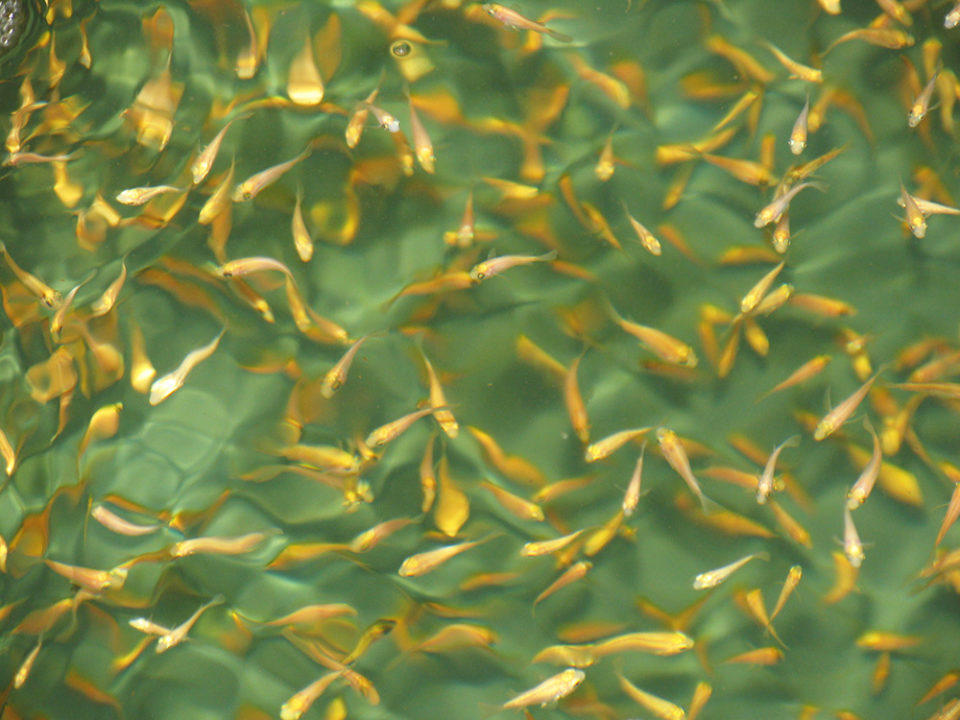
Why does biosecurity matter? The aquaculture industry is expanding at a rapid pace due to intensive farming strategies and research improvements from the fields of genetics, nutrition, biotechnology and disease management. Along with this expansion come challenges: Disease-causing pathogens pose a formidable threat to intensive aquafarming and can potentially cause significant economic losses and jeopardize the expansion of the industry. In today’s intensive aquaculture practices, it is risky not to acknowledge the benefits of biosecurity.
Biosecurity is a set of practices to minimize the introduction, establishment and spread of pathogens. Since aquaculture operations will always have to deal with pathogens, it is a sensible approach to adopt biosecurity practices, as disease prevention is better than cure. These practices vary according to the stakeholders. While processors follow Hazard Analysis and Critical Control Point (HACCP) guidelines to ensure that their products are safe for the consumers, producers should consider carrying out practices that reduce the risk of a disease outbreak.
Intensive production practices, bigger biosecurity risks
Intensive culture practices create bigger risks for the producers. Out of the several challenges, disease is certainly the costliest. A single disease outbreak has the potential to put a farmer out of business and in huge financial debt. Similarly, the occurrence of a regulated/reportable disease can have a severe adverse effect on the farm and to the industry. With the international nature of trades, we have to suspect that each shipment of fish could also be a potential shipment of pathogens.
Biosecurity matters, as it offers protection from exposure to diseases, and is the most cost-efficient and effective means of disease control available. Lack of a biosecurity plan in the face of a disease outbreak could result in fish morbidity/mortality, diagnostic cost, underutilization of production facility, reduced quality and value of products, inability to replace stock, damaged market reputation and facility closure.
The consequences of infectious disease outbreaks can be catastrophic, especially in recirculating systems and hatcheries, due to the inherent expensive nature and operational intensity. The significance of biosecurity in aquaculture was realized with unfortunate incidents like the Spring Viremia of Carp outbreak in North Carolina, where fish were eradicated in about 250 ponds, resulting in tremendous economic loss. The massive eradication was due to the fact that there was no biosecurity in place on farms in two different states (North Carolina and Virginia) and the virus was likely to have moved from one site to the other. This disastrous aftereffect could have been possibly prevented if biosecurity procedures had been in place, which would necessitate the eradication of fish from just the affected pond(s).
Similarly, biosecurity measures could have prevented the spread of White Spot Syndrome Virus, which nearly collapsed the worldwide shrimp industry.
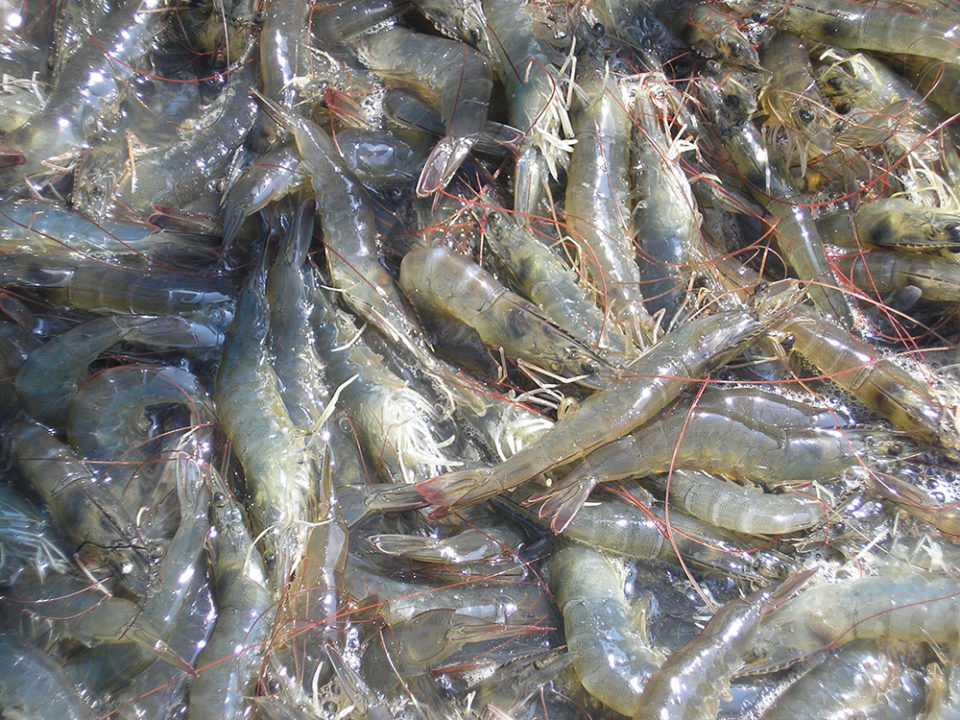
Learning from other animal industries
Since biosecurity is a relatively new concept in aquaculture, it would be beneficial to adopt practices from other successful animal industries. For example, in the poultry industry, practices followed are isolation, traffic control, sanitation, entrance order, bait stations for rodent and insect control, and high fences.
Cattle and swine industries ensure inspection and quarantine of new animals, clean equipment and vehicles, traffic control and disinfection protocols. These practices reduce disease introduction, minimize spread on-farm and protect investment. In shrimp industry, the biosecurity measures include certified stocks, quarantine, physical barriers, water treatment and the use of specific pathogen-free (SPF) and specific pathogen-resistant (SPR) shrimps (Lightner 2003; Horowitz and Horowitz 2003).
Some of the biosecurity strategies in salmonid and flounder culture in Japan include use of pathogen-free broodstock, fish health monitoring, vaccination, disinfection of hatchery and production facilities and dedicated equipment. Biosecurity approach in the United States mollusk culture include use of disease-free broodstock, health assessment of cultured shellfish, early diagnosis and treatment, and sanitation procedures to reduce contamination.
Considering the devastating potential of pathogens, especially those of exotic origin, it is prudent to embrace biosecurity practices in routine farm operations. Although it might not be practical to own all the steps from a standard biosecurity plan, a sensible selection of appropriate strategies specific to a farm will be worthwhile. A farm-specific biosecurity plan that identifies disease concerns and high-risk areas and implements the best practices is key to a successful operation. Staff awareness of the plan is critical to ensure implementation. Biosecurity could be applied to individual ponds, farms or to the whole industry.
Implementation of biosecurity practices are easier and effective in small production systems than in outdoor and large-scale operations. The veterinarian and other professionals could assist fish producers in identifying key areas and activities to make an effective plan. An effective biosecurity plan comprises of specific infectious agents of concern for the farm, disease prevalence at the location, disease surveillance, biosecurity awareness, quarantine of incoming fish, appropriate farming practices, optimum nutrition, vaccination, traffic control, vector control and disinfection methods (see Fig. 3).
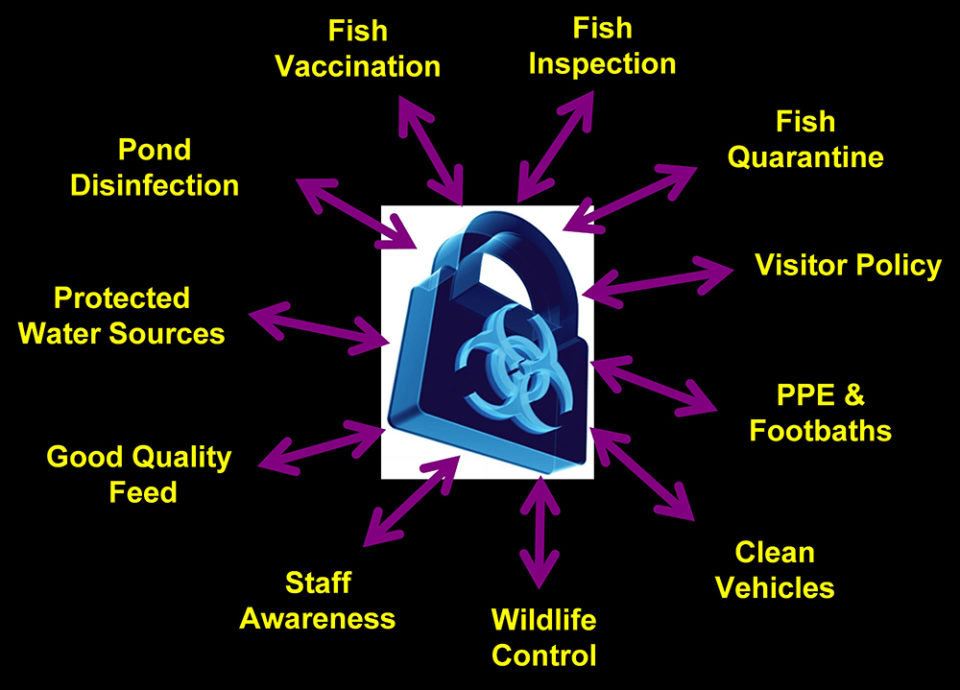
Procuring new fish from external sources is the biggest biosecurity risk factor. New additions to the farm should be inspected and quarantined for potential pathogens. If available, the service of a fish inspection agency could be utilized. Ignoring this crucial and comparatively inexpensive step is far too risky, and could result in avoidable disease outbreak situations. Apparently healthy-looking fish can still be carriers of pathogens that could be spread to other fish when stressed.
General biosecurity guidelines
Some of the general biosecurity components that could be followed in the production units include regular fish health checks, quarantine of new stocks, disease surveillance, visitor restriction, fish vaccination, disinfection, establishment of biosecurity work zones, biosecurity awareness among staff, restriction of wild animals and birds (Fig. 4), water quality monitoring, use of personal protection equipment (boots, waders etc.), good quality feed, proper storage of feed, use of foot dips/baths, and the cleaning of vehicles between visits to production facilities.
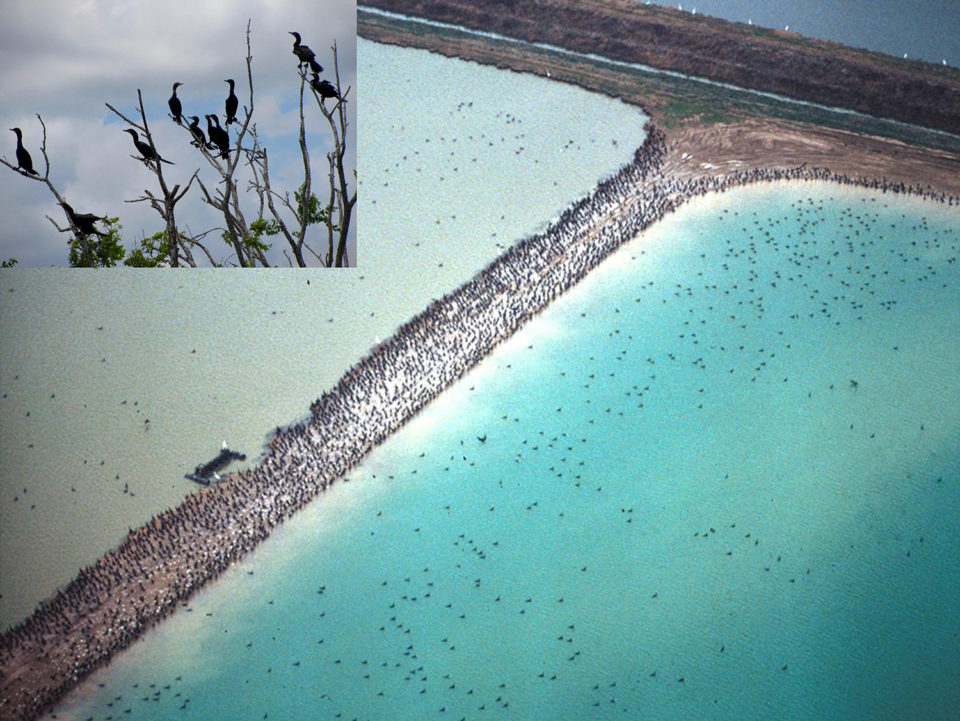
In the hatchery and recirculating systems, the aspects to consider are disease-free groundwater supply, SPF eggs/fish, SPF feed, optimum nutrition, fish health monitoring, easy-to-clean units, features to remove dead fish, disinfection procedures and record keeping. Farm specific and cost-effective vaccination strategies will provide resistance to several pathogens, good health and improved productivity (Fig. 5).
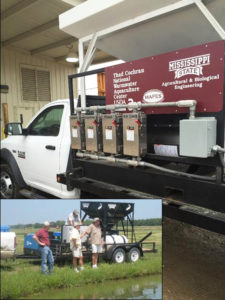
Early detection and treatment can prevent a disease from spreading through the farm. Understanding disease transmission and life cycle of pathogens helps to implement necessary biosecurity measures. Extension specialists, veterinarians, researchers, and regulatory agencies should be able to provide this information.
Biosecurity provides an appropriate framework for managing the risks presented by biological hazards (Biosecurity Council, 2003). A particular disease may cause detrimental impacts in several ways and in several sectors. Studies on fish diseases and their economic impacts, cost-efficiency of plausible management strategies, and their comparisons (prevention, eradication, and control) are lacking.
Economic analysis and development of cost benefit scenarios are required for biosecurity adoption in aquaculture. Costs that should be included in an economic assessment of biosecurity management strategies comprise infrastructure and administration cost, cost of disease prevention, treatment cost and loss of productive capacity (fish, production unit).
Some existing biosecurity programs
Some of the existing, major biosecurity programs to safeguard global trade are the World Trade Organization’s Agreement on the application of sanitary and phytosanitary measures, the Food and Agriculture Organization of the United Nation’s Codex Alimentarius and Codes of Conduct, and the International Council for the Exploration of the Sea’s (ICES) Code of Practice on Introductions and Transfer of Marine Organisms. The Health Control and Hygiene section (OIE Code for biosecurity of aquatic animals) includes procedures for disinfection of fish, mollusk, and crustacean farms (Scarfe 2003).
Australia’s biosecurity program (AQUAPLAN), and Arkansas’ bait and ornamental fish certification program are examples of pragmatic biosecurity approaches employed on aquafarms. Biosecurity can be accomplished on nearly every farm by employing simple protocols, which can potentially save a producer from significant economic loss.
Perspectives
Biosecurity measures are essential in any biological production chain, as we simply cannot afford to disregard the benefits of these preventive strategies. In intensive aquaculture, the high stocking densities, continuous production and prolonged water retention lead to a conducive environment for virulent pathogens. In these systems, biosecurity measures are essential to control and prevent infectious diseases and their devastating economic consequences.
Biosecurity can be applied to aquaculture production systems through a variety of management strategies. Well-structured biosecurity programs will enhance animal health, production, regional and national economics. The key elements of biosecurity are a reliable source of stocks, early disease diagnosis, pathogen prevention and best management practices.
Biosecurity is a team effort, a mutual responsibility and a dynamic process that has to be consistently re-evaluated and followed. Implementation of biosecurity practices requires science-based decision making, standardized methods, ease of application, and a primary focus on prevention.
References available from authors.
Now that you've reached the end of the article ...
… please consider supporting GSA’s mission to advance responsible seafood practices through education, advocacy and third-party assurances. The Advocate aims to document the evolution of responsible seafood practices and share the expansive knowledge of our vast network of contributors.
By becoming a Global Seafood Alliance member, you’re ensuring that all of the pre-competitive work we do through member benefits, resources and events can continue. Individual membership costs just $50 a year.
Not a GSA member? Join us.
Authors
-
Suja Aarattuthodiyil, Ph.D.
Delta Research and Extension Center
Thad Cochran National Warmwater Aquaculture Center
Stoneville, MS 38776 USA[117,100,101,46,101,116,97,116,115,115,109,64,50,50,49,97,115,98]
-
David Wise, Ph.D.
Delta Research and Extension Center
Thad Cochran National Warmwater Aquaculture Center
Stoneville, MS 38776 USA[117,100,101,46,101,116,97,116,115,115,109,46,99,101,114,100,64,101,115,105,87,68]
Tagged With
Related Posts
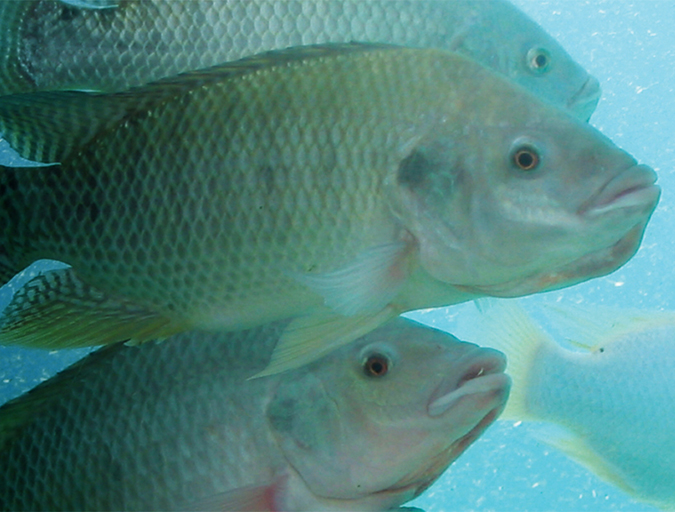
Health & Welfare
Aquaculture disease experts to download at GOAL 2016
At this year’s GOAL conference in Guangzhou, China, leading animal welfare and aquatic animal disease experts will share knowledge about how producers can gird their operations. EMS, EHP, streptococcosis and sea lice will be addressed, as will the latest in area management.
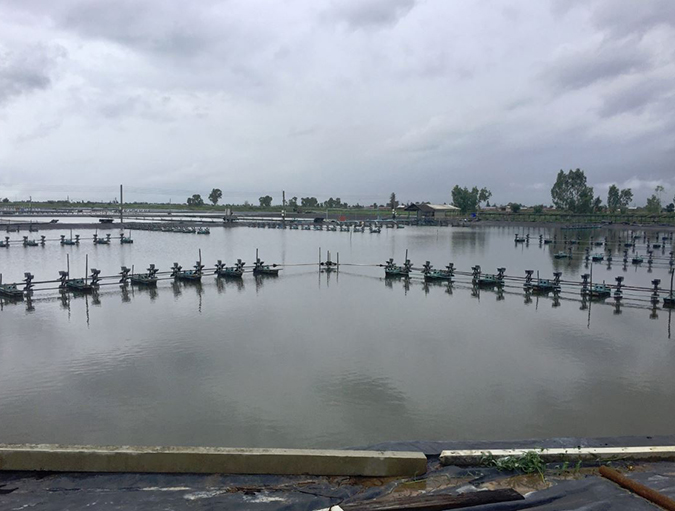
Health & Welfare
Aquamimicry: A revolutionary concept for shrimp farming
Aquamimicry simulates natural, estuarine production conditions by creating zooplankton blooms as supplemental nutrition to the cultured shrimp, and beneficial bacteria to maintain water quality. Better-quality shrimp can be produced at lower cost and in a more sustainable manner.

Health & Welfare
Born in Hawaii, SPF broodstock shrimp industry faces globalization
The next step for shrimp breeding will be developing animals that aren’t just disease-free, but increasingly resistant to multiple pathogens. The industry is globalizing, with suppliers setting up shop overseas. But its birthplace will always be Hawaii.

Health & Welfare
A holistic management approach to EMS
Early Mortality Syndrome has devastated farmed shrimp in Asia and Latin America. With better understanding of the pathogen and the development and improvement of novel strategies, shrimp farmers are now able to better manage the disease.



